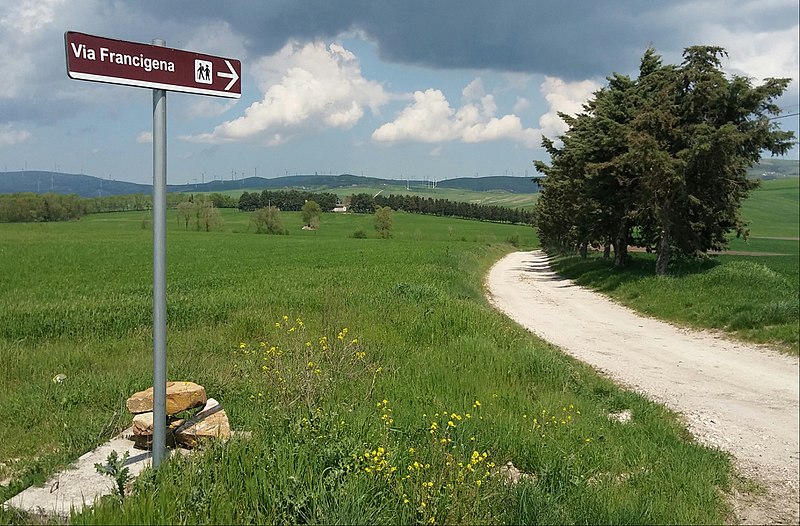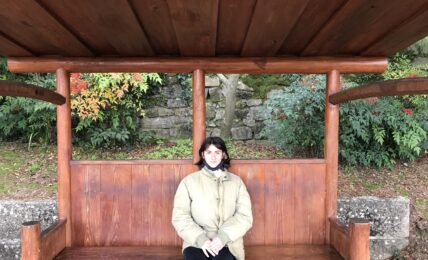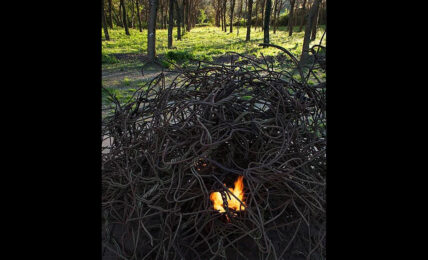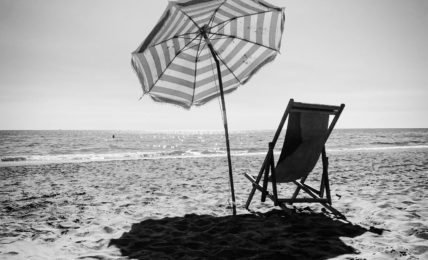Gli itinerari più up-to-date del momento? La Via Francigena, la Via degli Dei e gli ultimi itinerari culturali europei, per viaggi ecosostenibili, mistici e sportivi
Ecco gli itinerari più di tendenza dei prossimi mesi, in Europa e in Italia, scelti dai viaggiatori per 6 diversi e validi motivi.





